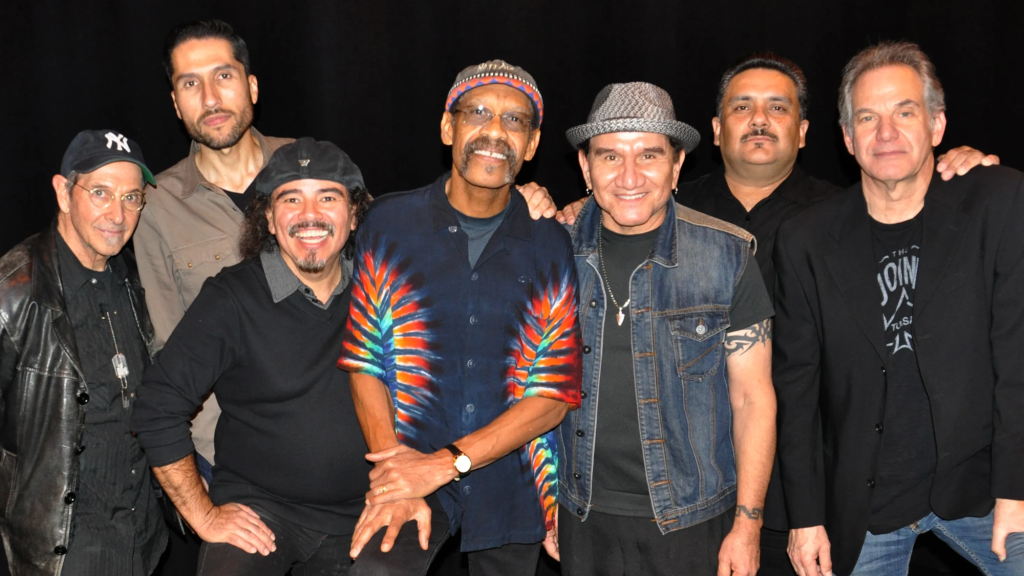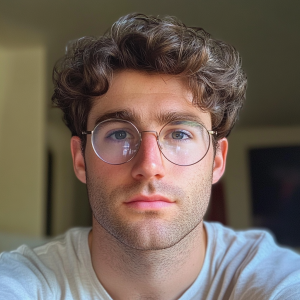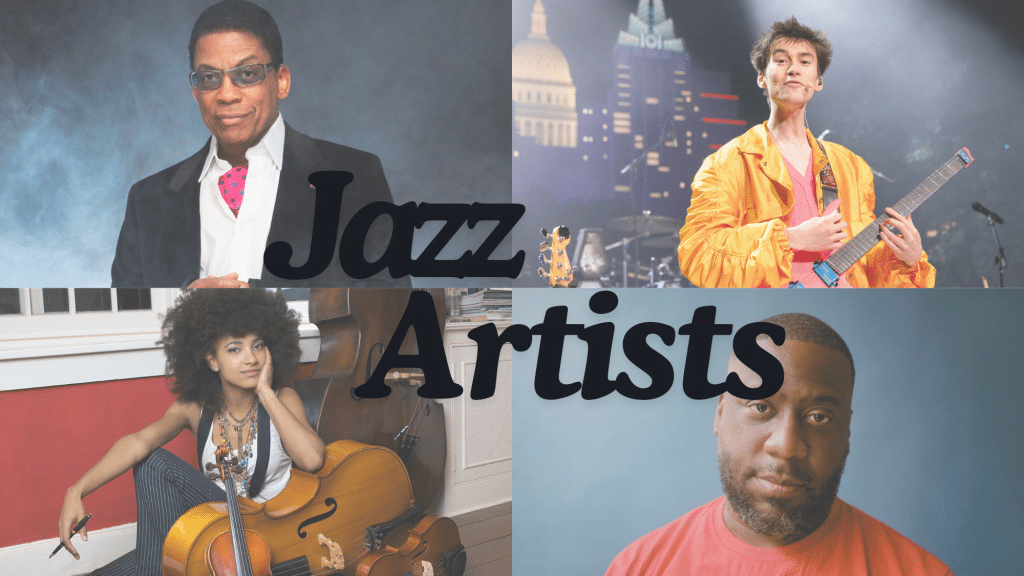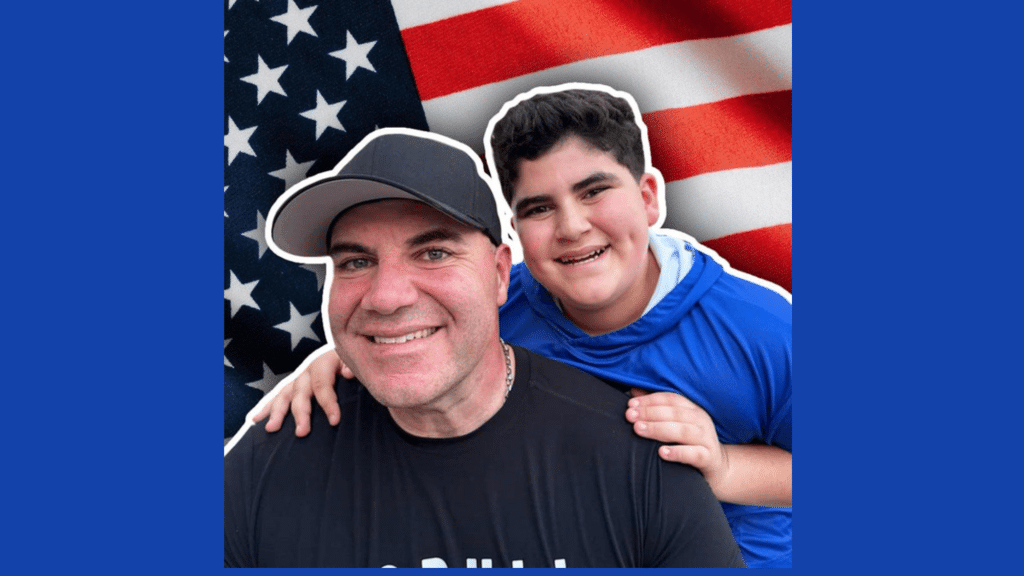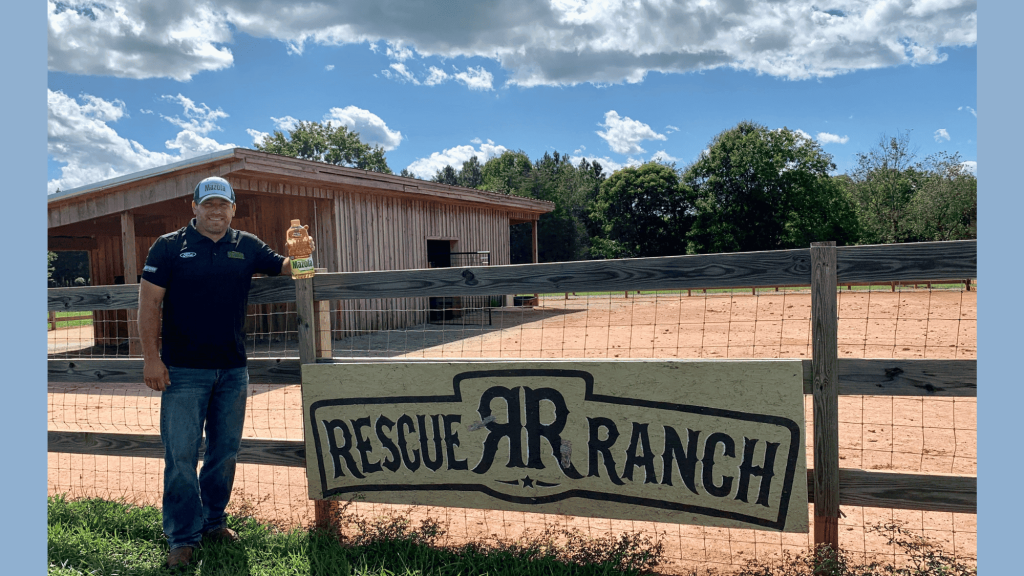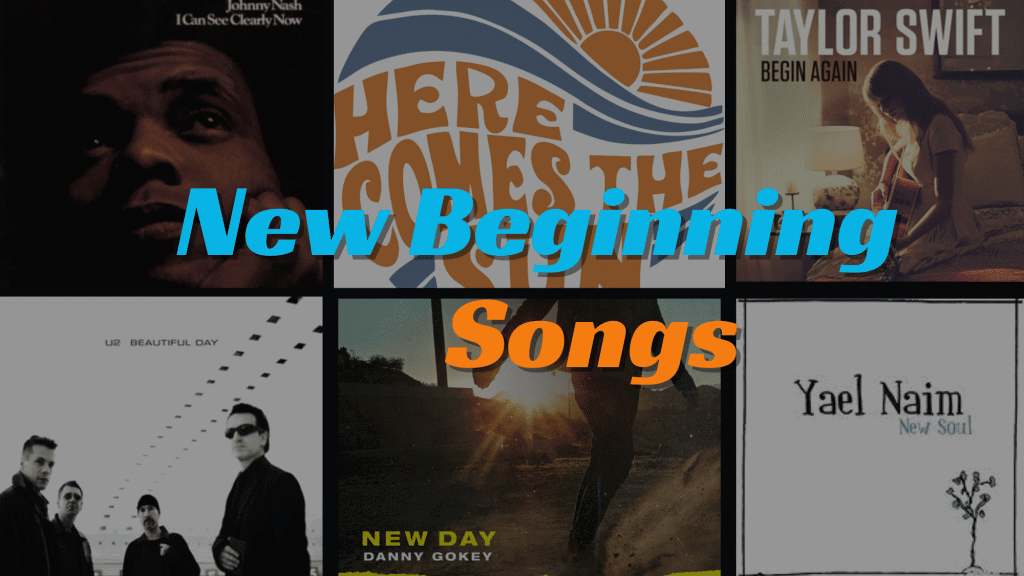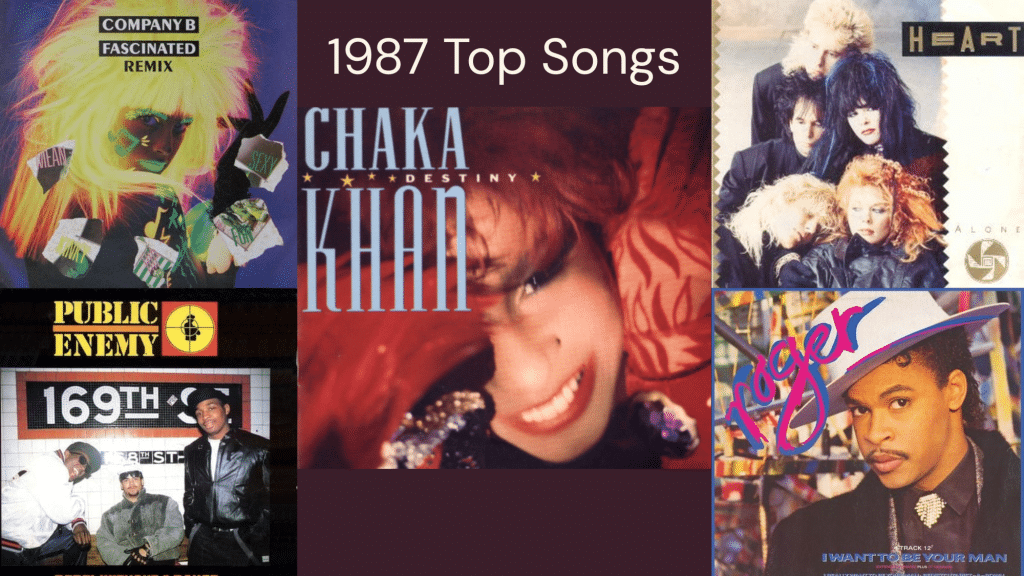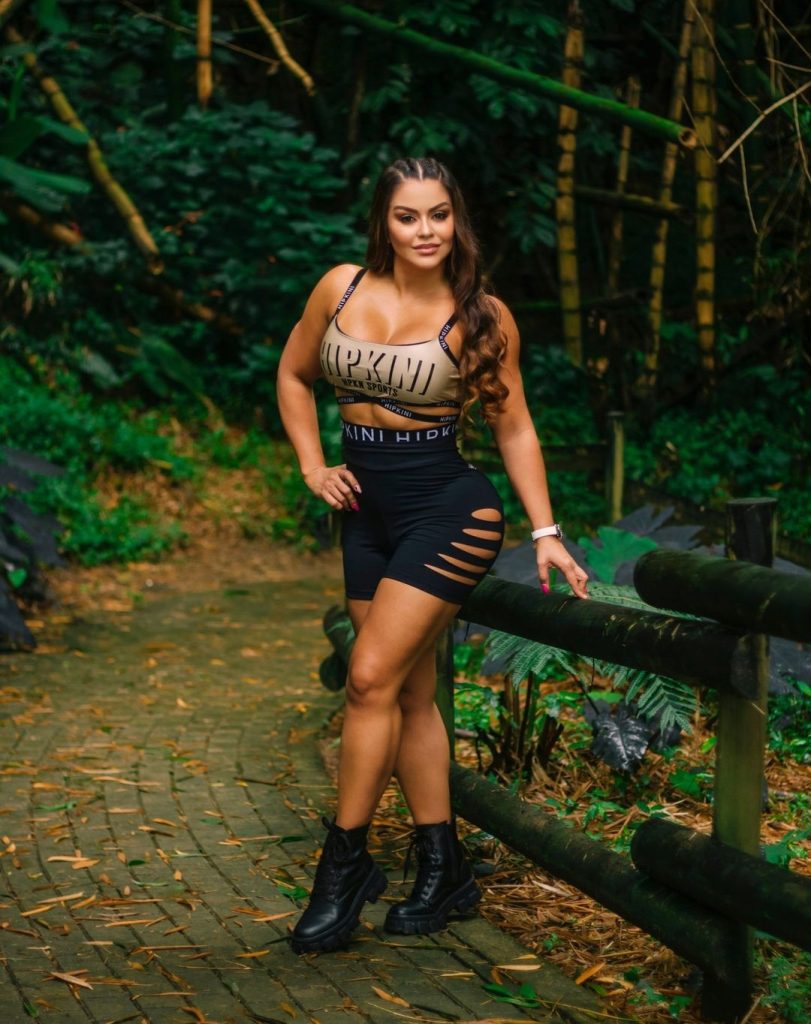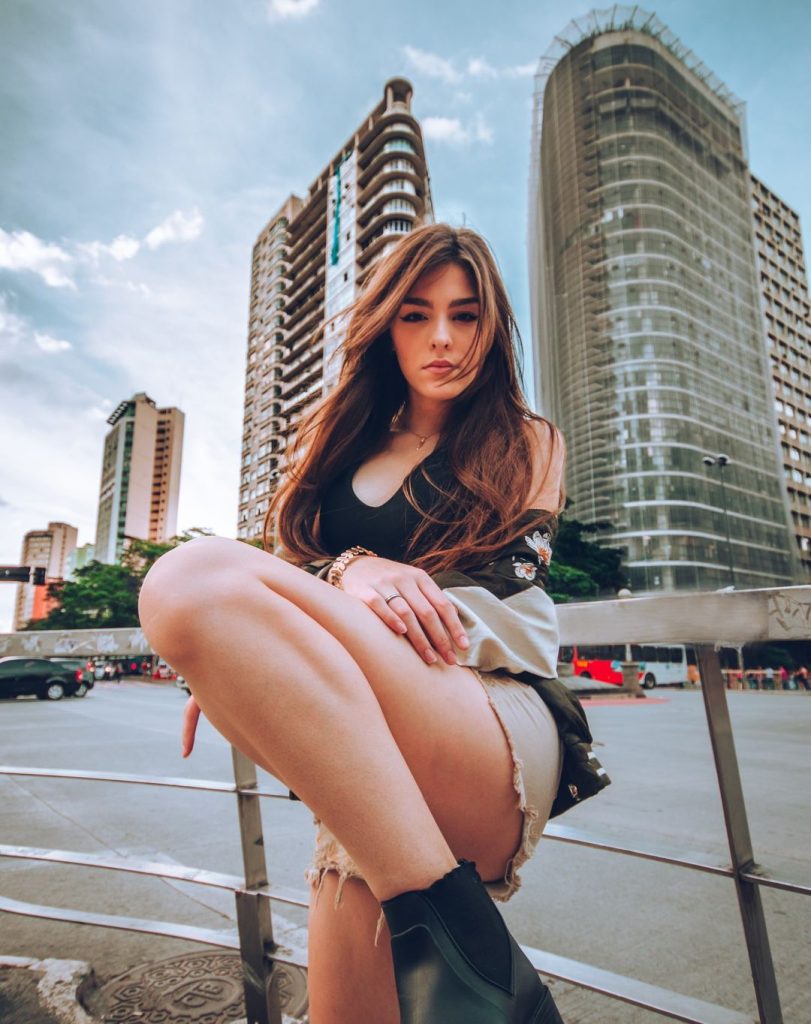War is an American funk-rock band formed in 1969, known for its fusion of rock, jazz, Latin, R&B, and reggae influences.
With hits like Low Rider, Why Can’t We Be Friends?, and Spill the Wine, War became famous for its socially conscious lyrics and groovy, genre-blending sound.
Their music continues to connect across generations, inspiring countless artists and remaining a staple in funk and rock history.
Current Band Members
Here is the list of band members of the War:
1. Leroy “Lonnie” Jordan (Vocals, Keyboards)
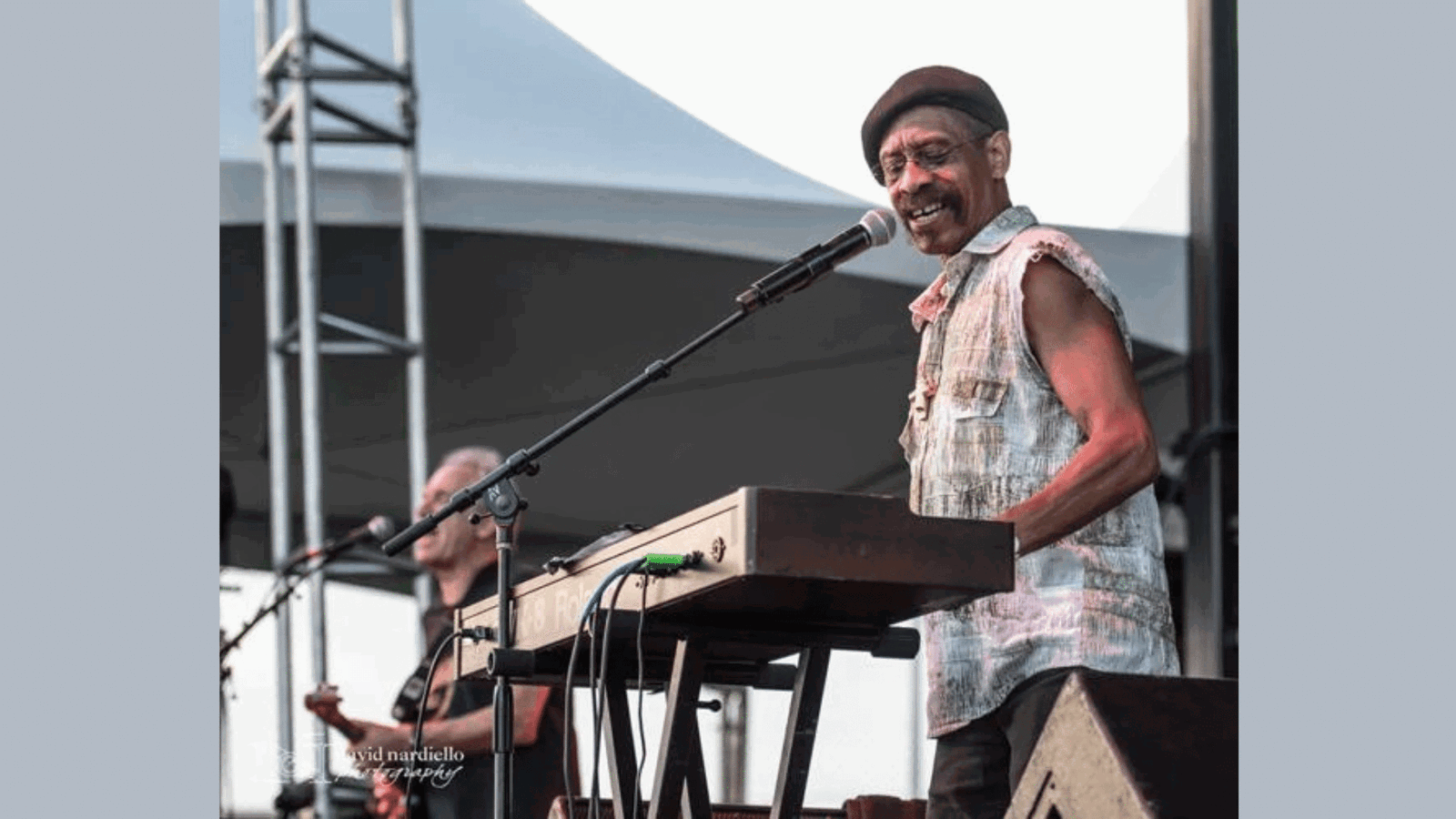
Background: A founding member of War, Lonnie Jordan has been with the band since its inception in 1969. His soulful voice and keyboard skills have been central to the band’s signature sound.
Contribution: As the lead vocalist and keyboardist, Jordan has played a key role in shaping War’s funk-infused rock and jazz sound. His performance is heard on classics like Why Can’t We Be Friends? and Low Rider.
2. Sal Rodriguez (Drums, Vocals)
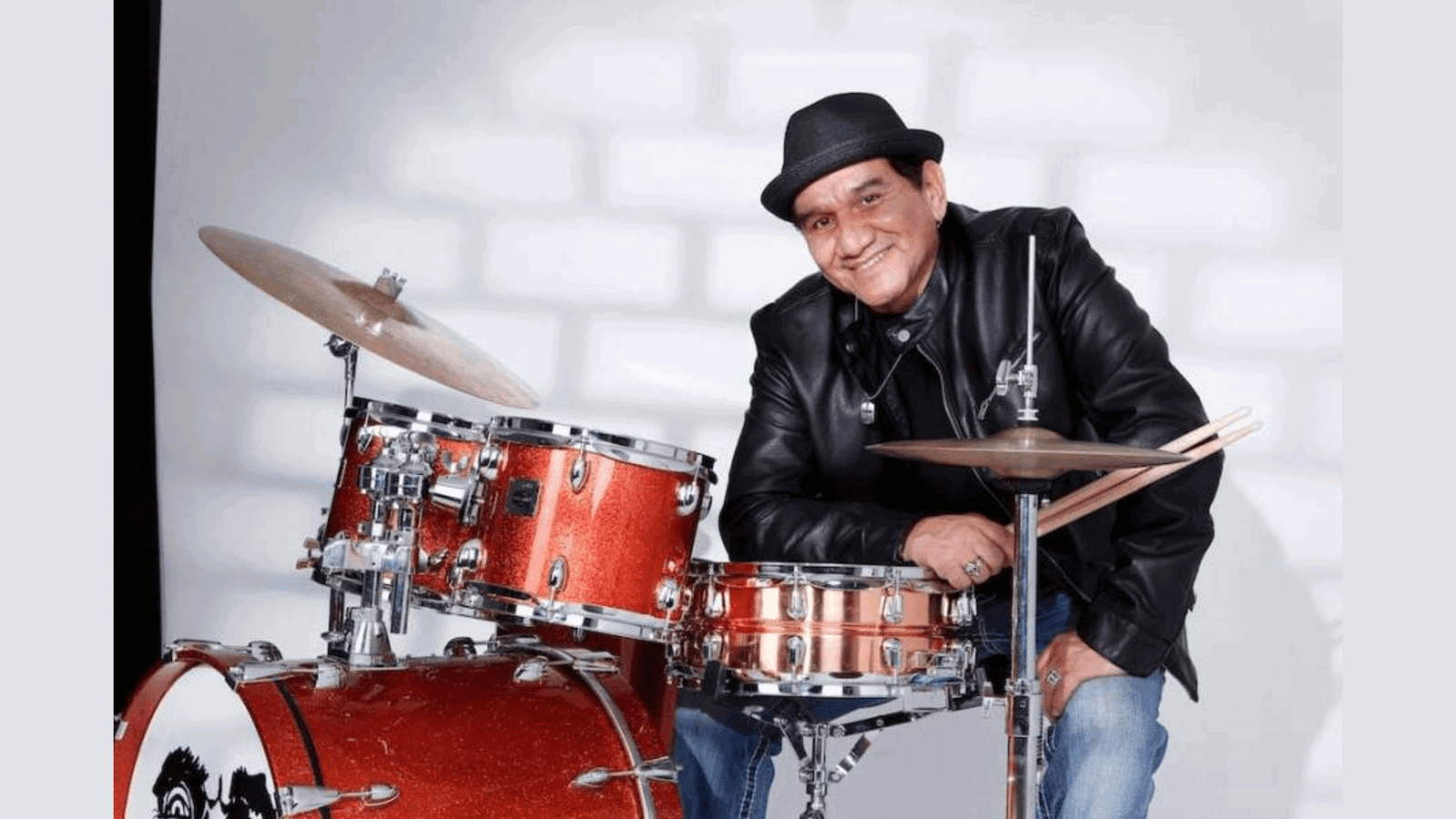
Background: A talented drummer and vocalist, Rodriguez has been part of War’s lineup in recent years, keeping the band’s rhythm section strong.
Contribution: His energetic drumming keeps War’s grooves tight, ensuring their live performances maintain the signature funk and Latin-inspired beats fans love.
3. Scott Martin (Saxophone, Flute)
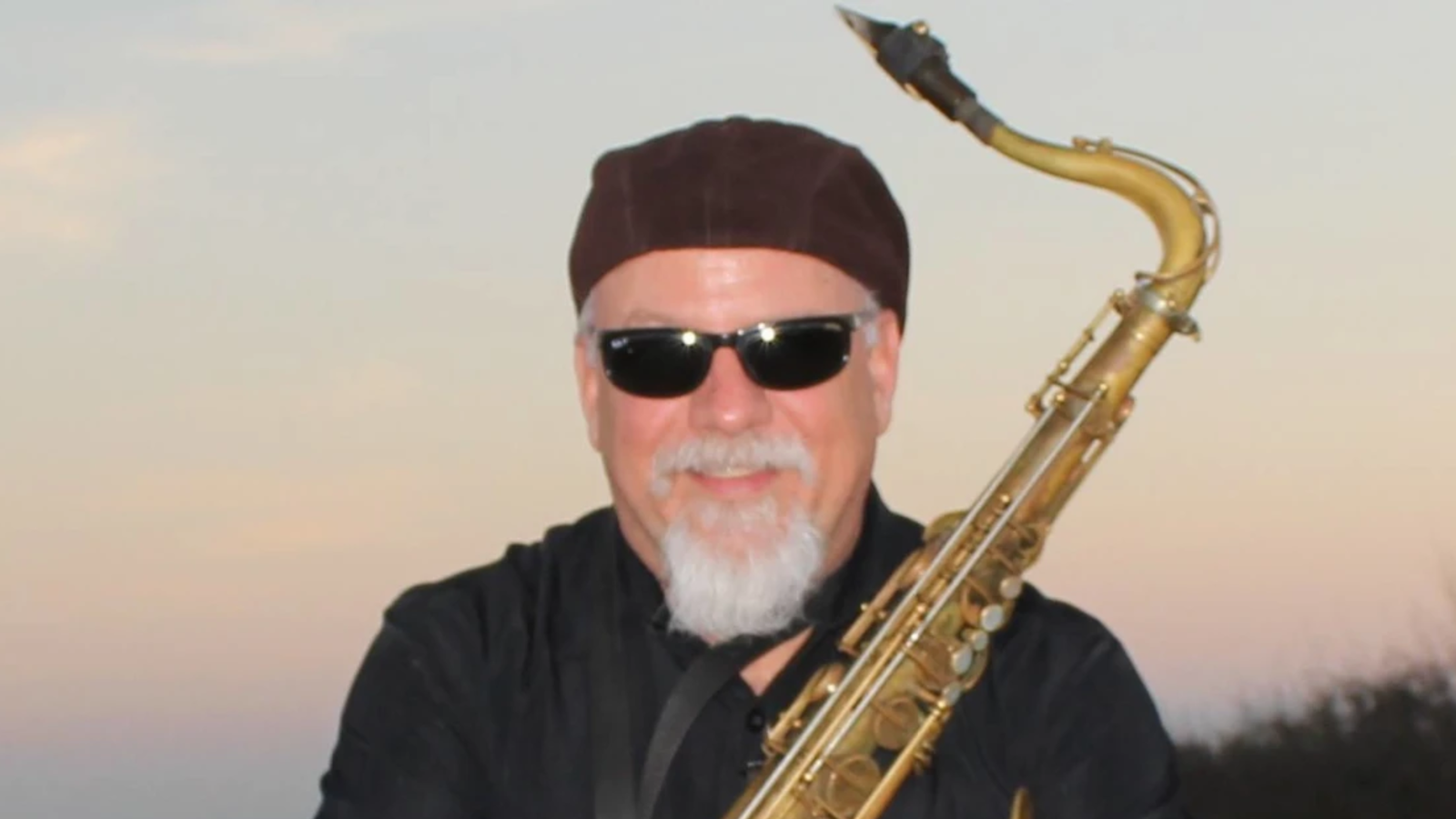
Background: A skilled saxophonist, Martin continues to bring the brass energy that War is known for, carrying on the legacy of Charles Miller.
Contribution: His saxophone and flute solos add profoundness and soul to War’s music, keeping their signature sound alive in modern performances.
4. Stuart Ziff (Guitar)
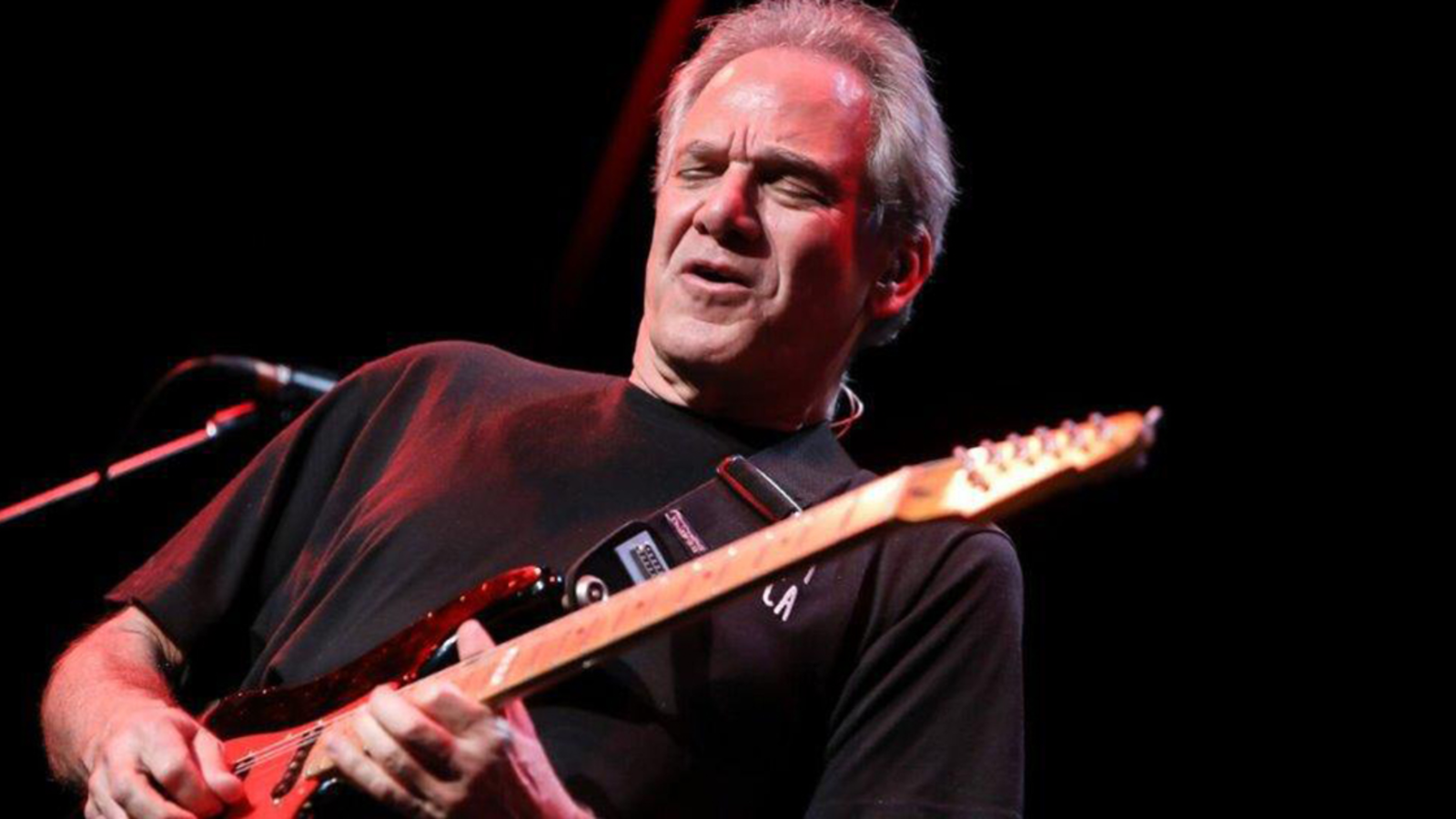
Background: A talented guitarist, Ziff has taken on the role of lead guitarist in War, bringing blues and funk elements to the band.
Contribution: His guitar work helps maintain War’s classic grooves while adding a modern touch to their performances and recordings.
5. Rene Camacho (Bass Guitar)
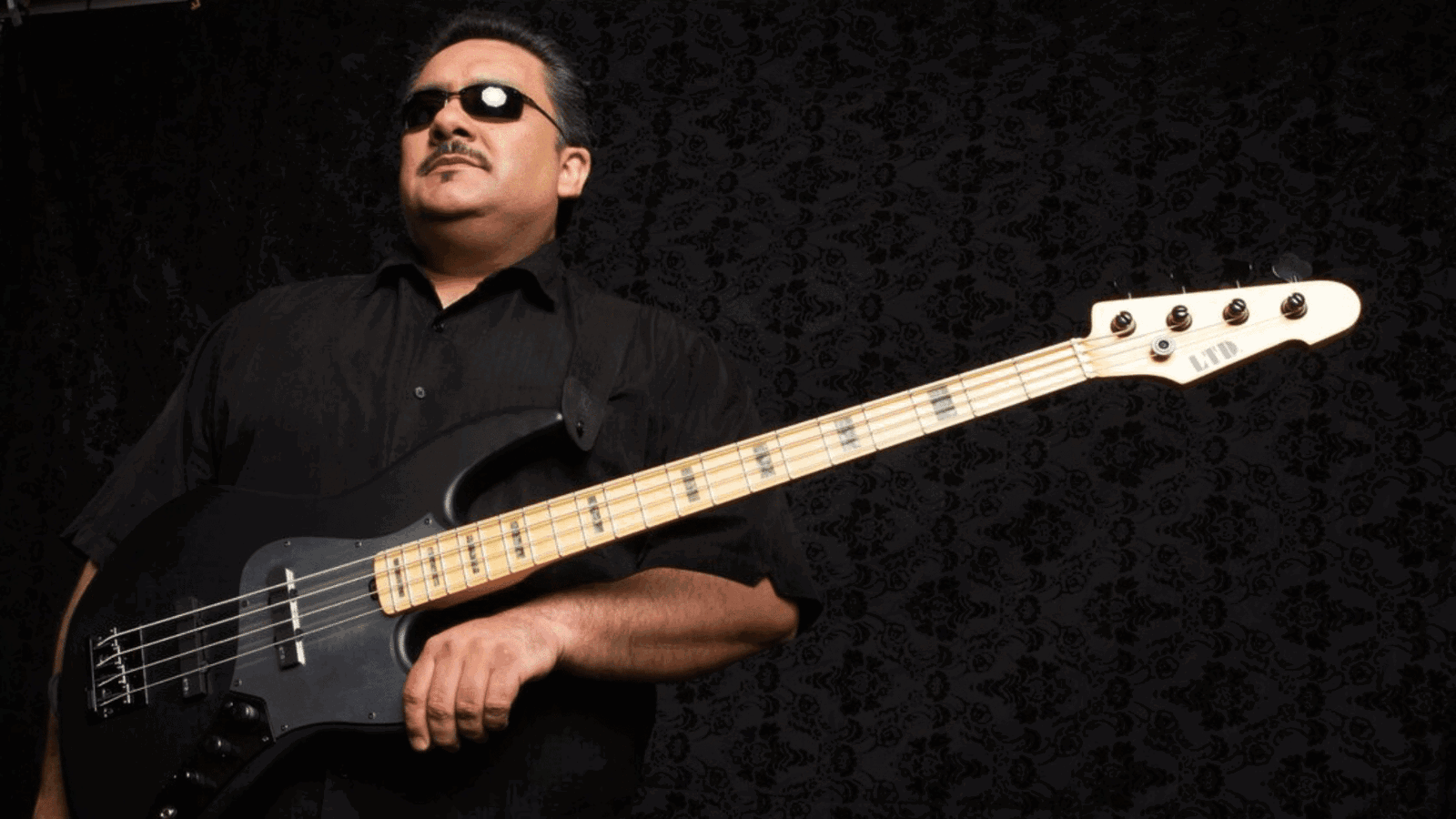
Background: A bassist with a rich musical background, Camacho continues the legacy of War’s funk-driven basslines.
Contribution: His bass playing provides the rhythmic foundation of War’s live shows, staying true to the band’s signature groove.
6. Marcos Reyes (Percussion)
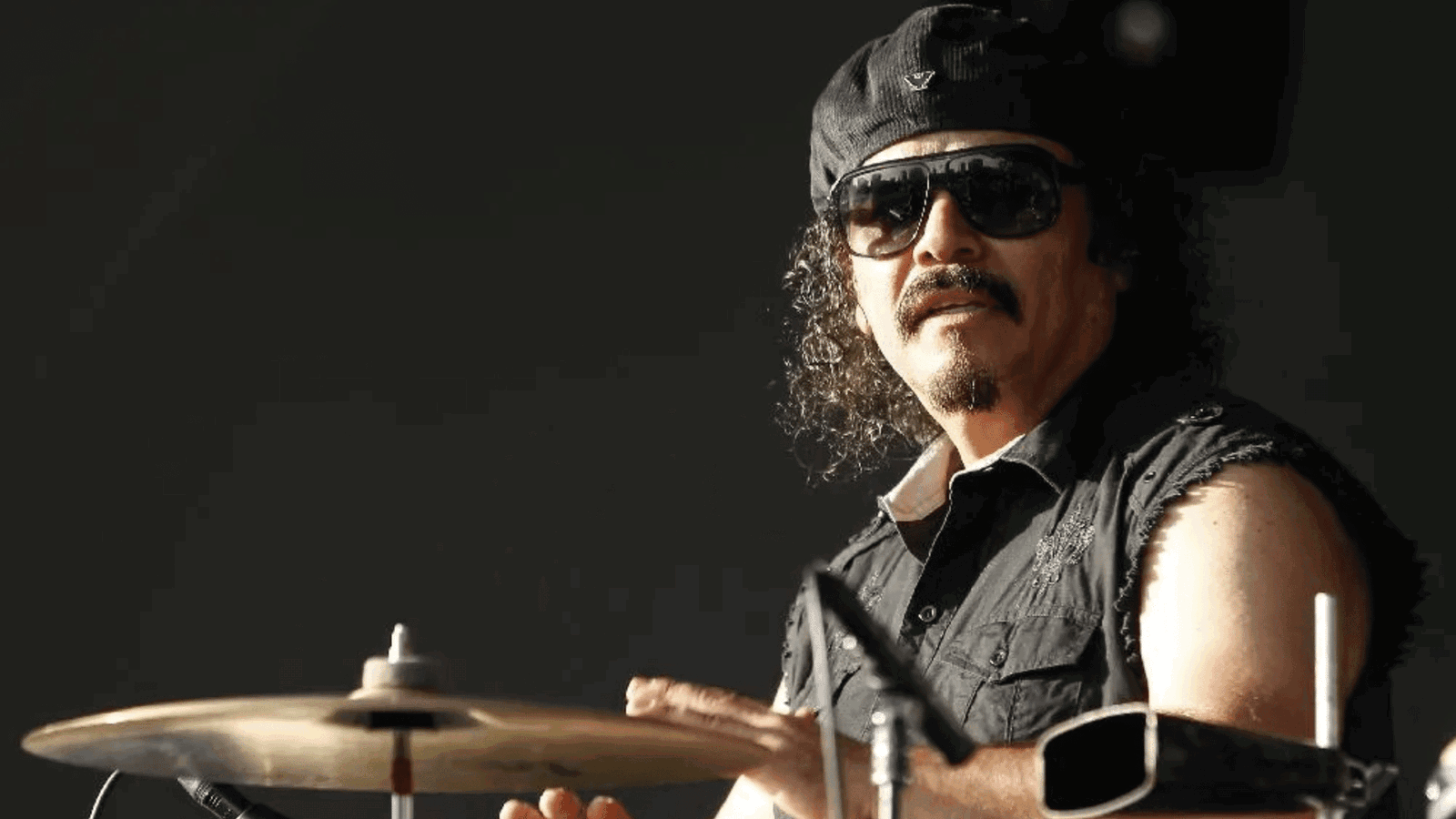
Background: An expert percussionist, Reyes keeps War’s Afro-Cuban and Latin elements strong, much like Papa Dee Allen before him.
Contribution: His percussion work adds texture and rhythm to War’s music, keeping their signature combination sound alive on stage and in recordings.
7. Francisco “Pancho” Tomaselli (Bass Guitar)
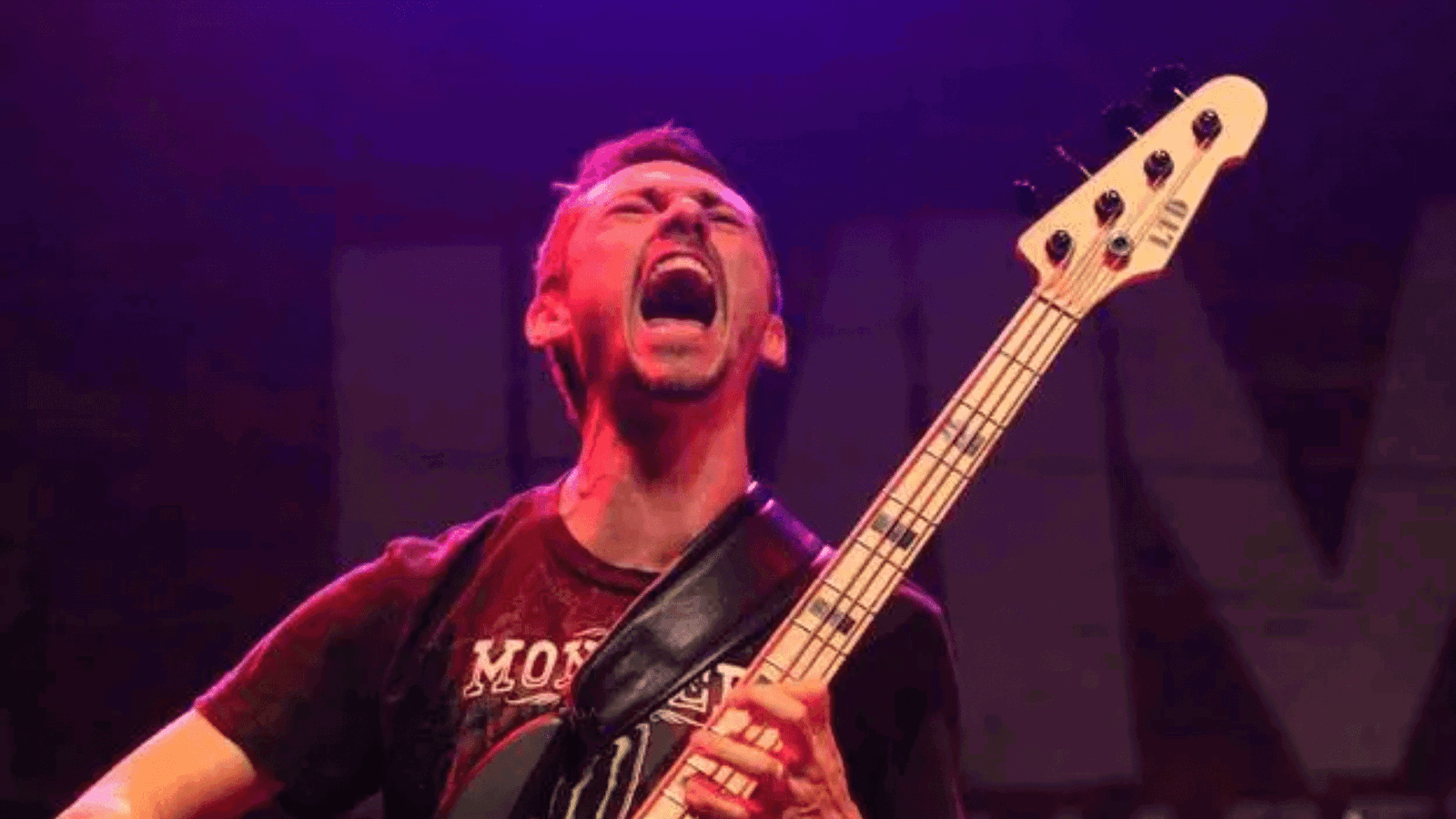
Background: Another talented bassist, Tomaselli, adds a modern energy to War’s iconic grooves.
Contribution: His basslines ensure War’s music retains its funky, danceable feel, keeping audiences engaged and moving.
Famous Songs by War
| Song | Album | Year | Details |
|---|---|---|---|
| Low Rider | Why Can’t We Be Friends? | 1975 | Iconic funk groove with a catchy bassline, cowbell, and sax riff, widely used in films and pop culture. |
| Why Can’t We Be Friends? | Why Can’t We Be Friends? | 1975 | A feel-good anthem about unity and peace, having multiple vocalists, and was later played in space by NASA. |
| Spill the Wine | Eric Burdon Declares War | 1970 | Psychedelic funk hit with spoken-word storytelling, inspired by a real incident of spilling wine in the studio. |
| The Cisco Kid | The World Is a Ghetto | 1972 | Latin-inspired funk track inspired by the Western TV show, having playful storytelling and a groovy rhythm. |
| The World Is a Ghetto | The World Is a Ghetto | 1972 | A soulful, socially conscious song highlighting urban struggles, with extended instrumentals and self-searching lyrics. |
| Slippin’ Into Darkness | All Day Music | 1971 | Reggae-inspired funk track about life’s struggles, using creative grooves and a hypnotic rhythm. |
| Me and Baby Brother | Deliver the Word | 1973 | High-energy funk-rock song with powerful percussion, celebrating brotherhood and resilience, widely sampled in hip-hop. |
| Summer | Greatest Hits (Single Release) | 1976 | Smooth, laid-back track that creates a carefree summer vibe, using soulful vocals and a relaxed groove. |
| Galaxy | Galaxy | 1977 | A disco-funk fusion track inspired by Star Wars, blending space-themed lyrics with War’s signature rhythmic groove. |
| Don’t Let No One Get You Down | Why Can’t We Be Friends? | 1975 | A soulful and uplifting song about perseverance and self-belief, using smooth vocals and a mellow groove. |
The Evolution of War
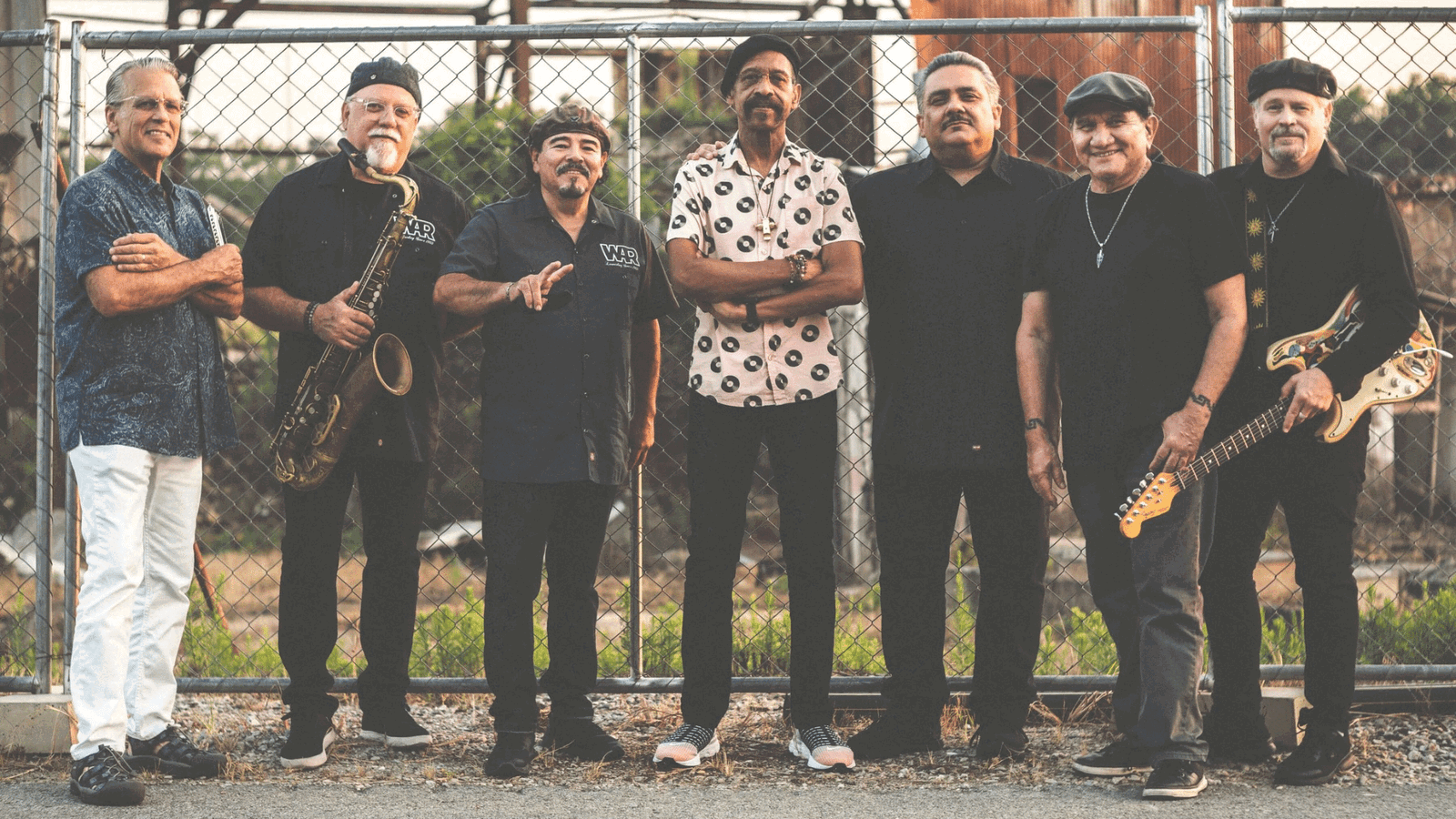
War, one of the most inspiring funk-rock bands, has undergone a remarkable evolution since its formation in 1969.
Originally made as a fusion of rock, jazz, Latin, and funk elements, the band quickly gained recognition for its socially conscious lyrics and genre-mixing sound.
Over the decades, War has continued to develop, adapting its lineup while maintaining its signature grooves and message of unity.
Their timeless music remains relevant, inspiring new generations and solidifying their legacy as pioneers of funk-infused storytelling.
1. Formation and Early Years (1969-1970)
Origins: War was formed in 1969 in Long Beach, California, as a groundbreaking fusion of rock, funk, jazz, Latin, and R&B influences.
Initially backing former Animals frontman Eric Burdon, the band sought to create music that transcended racial and cultural barriers, promoting messages of unity and social consciousness.
Their diverse lineup, featuring musicians from different backgrounds, helped shape their signature genre-blending sound.
Debut Album: Their first album, Eric Burdon Declares War (1970), introduced War’s unique style with a mix of psychedelic rock, Latin grooves, and funk rhythms.
The breakout single Spill the Wine became a massive hit, reaching the top 5 on the Billboard Hot 100.
War’s live performances and creative sound quickly gained them recognition, setting the stage for their independent success after parting ways with Burdon.
2. Critical Acclaim with The World Is a Ghetto (1972)
Breakthrough Success: The release of The World Is a Ghetto marked a defining moment for War. The album blended funk, rock, jazz, and Latin influences with socially conscious themes, addressing urban struggles and resilience.
Having classics like The Cisco Kid and The World Is a Ghetto, the album became the best-selling record of 1973 in the United States, solidifying War’s status as a pioneering force in genre fusion.
Cultural Impact: This album positioned War as a socially aware and creative band. Their ability to merge thought-provoking storytelling with attracting grooves connected with wider audiences.
The World Is a Ghetto became an anthem of its time, proving that music could be both commercially successful and socially relevant.
3. Expanding Horizons with Why Can’t We Be Friends? (1975)
Messages of Unity: Why Can’t We Be Friends? Continued War’s legacy of socially conscious music, promoting peace and inclusivity.
The title track became an anthem for unity, famously played in space during the 1975 Apollo-Soyuz mission, symbolizing international cooperation.
Pop Culture Influence: The album also included Low Rider, one of War’s most recognizable songs.
With its iconic bassline and laid-back groove, Low Rider became a cultural staple, appearing in countless films, TV shows, and commercials.
4. Experimentation with Galaxy (1977) and Evolving Sound
Funk Meets Sci-Fi: Inspired by the sci-fi craze of the late ’70s, Galaxy saw War experimenting with disco-funk elements, creating an expansive, space-themed sound.
The title track combined cosmic synths with War’s signature rhythms, showing their adaptability to changing musical trends.
Changing Lineup: As War moved into the late ’70s and early ’80s, lineup changes led to an evolution in their sound.
While retaining their core funk identity, they went jazzier and more polished arrangements.
5. Revival with Greatest Hits (1976) and Enduring Legacy
Resurgence in Popularity: The release of Greatest Hits in 1976 reignited interest in War’s music, proving their impact across different generations.
Their ability to craft timeless songs kept them relevant, even as musical trends shifted.
Influence on Hip-Hop and Beyond: War’s music had a foundational impact on hip-hop, with artists like Ice Cube, Beastie Boys, and Tupac Shakur sampling their tracks.
Their grooves and socially conscious themes connected with new audiences, ensuring their legacy extended far beyond the ’70s.
6. Recent Era: Touring and Legacy
Ongoing Performances: Despite changes in the industry, War continues to tour, bringing their legendary sound to new and longtime fans.
Their live performances maintain the energy and spirit that defined their early years.
Timeless Appeal: War’s impact remains strong, with their music still widely used in pop culture.
Songs like Why Can’t We Be Friends? and Low Rider continue to find new life in films, commercials, and sporting events, proving that their message and music are truly timeless.
The Band’s Impact and Legacy
War, one of the most impactful funk-rock bands, has left an indelible mark on music and culture since its formation in 1969.
By blending funk, rock, jazz, Latin, and R&B with socially conscious lyrics, War redefined genre boundaries, creating a unique sound that connected across generations.
Their music, promoting unity and awareness, continues to inspire artists and remains deeply embedded in pop culture through films, TV, and hip-hop samples, ensuring their lasting legacy.
Impact on Music
- Genre-Bending Innovation: War’s music defies categorization, seamlessly blending funk, rock, jazz, Latin, and R&B. Albums like The World Is a Ghetto (1972) and Why Can’t We Be Friends? (1975) show their versatility and have inspired countless artists across multiple genres.
- Collaborative Spirit: The band has worked with a wide range of musicians, including Eric Burdon, jazz greats like Charles Miller, and later hip-hop artists who sampled their grooves. War’s fusion of sounds and cultures set a precedent for genre-blending in popular music.
- Chart Success: With multiple platinum albums and hits like Low Rider and Why Can’t We Be Friends?, War achieved both critical acclaim and commercial success. Their music remains relevant today, widely sampled in hip-hop and featured in films, TV, and commercials.
Cultural Influence
- Genre and Social Impact: War redefined what a band could be by blending funk, rock, jazz, Latin, and R&B with socially conscious themes. Their music tackled issues of unity, racism, and urban struggles, making them pioneers in using music as a tool for social awareness.
- Visual and Pop Culture Presence: War’s vibrant album covers and stage performances helped establish their visual identity. Their music has been widely used in films, TV shows, and commercials, with songs like Low Rider becoming pop culture staples.
- Social Commentary: Albums like The World Is a Ghetto and Why Can’t We Be Friends? Addressed issues of inequality, unity, and resilience. Their songs became anthems for peace and cultural harmony, relating across generations, and remain relevant in today’s world.
Legacy
- Redefining Genre Fusion: By mixing funk, rock, jazz, Latin, and R&B, War challenged traditional notions of musical categorization. Their boundary-pushing sound set a precedent for genre combination in popular music, inspiring generations of artists across multiple styles.
- Live Performances: War’s electrifying live shows bring their iconic grooves to life, having extended jam sessions, percussive rhythms, and audience engagement. Their performances maintain the energy and spirit that have defined them for decades.
- Awards and Recognition: War has earned critical acclaim, with multiple platinum albums and hit singles that remain cultural staples. They have been honored with a place on Billboard’s list of the Greatest Bands of All Time, and their music continues to be celebrated across generations.
Conclusion
War is more than just a band, they represent a groundbreaking fusion of funk, rock, jazz, Latin, and R&B, using music as a powerful tool for unity and social awareness.
Each member has contributed to their signature sound, combining various elements to create timeless, socially conscious music that continues to connect across generations.
Through their creative approach, War has redefined genre boundaries and cultural storytelling, leaving a long-lasting legacy as pioneers of fusion music and musical activism.
Frequently Asked Questions
How Many Original Members of War are Left?
Only one original member of the band War is still active, Leroy “Lonnie” Jordan. He has been a part of the band since its inception in 1969 and continues to perform with War today.
Who was the Lead Singer of War?
The lead singer of War is Lonnie Jordan, who also serves as the band’s keyboardist. He has been a central figure in the group since its formation in 1969 and remains its most prominent and consistent member.
Why did the Band War Split Up?
War split due to creative differences and financial disputes among members, leading to departures and the formation of the Lowrider Band by some original members.

